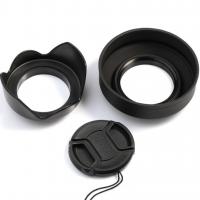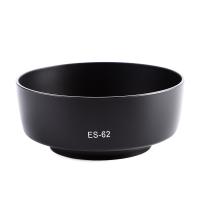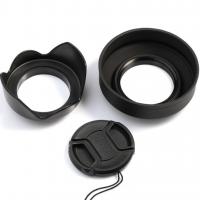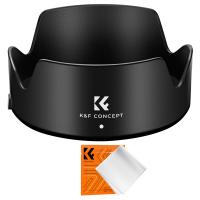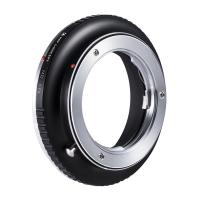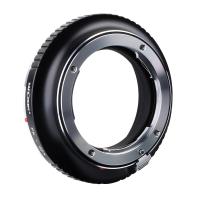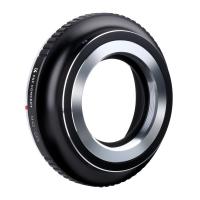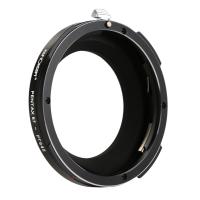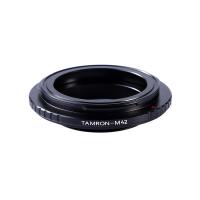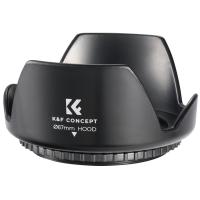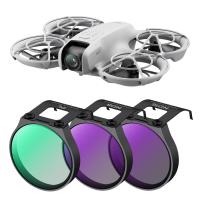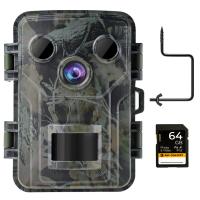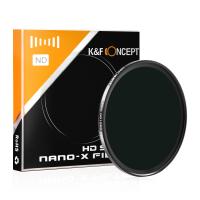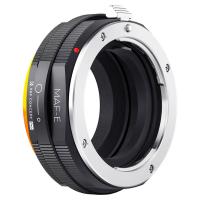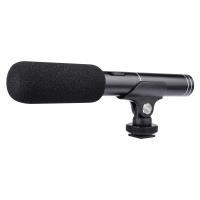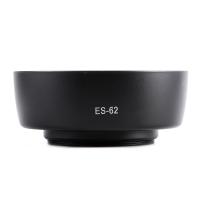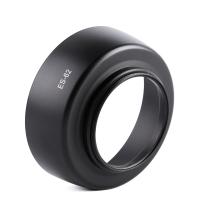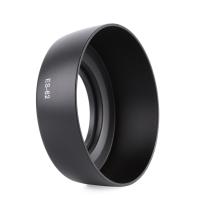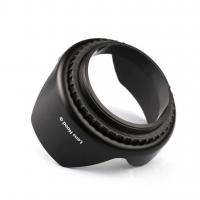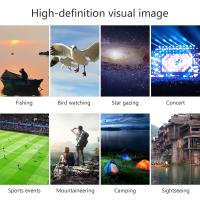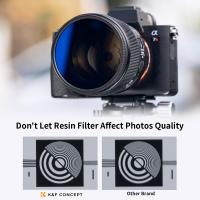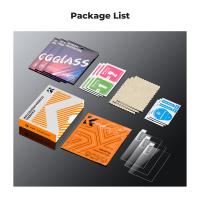Why Lens Hood Is Used?
In the world of photography, understanding the utility of various accessories can significantly enhance the quality of your work. Among these accessories, the lens hood often stands overlooked despite its crucial role in improving photographic output. Not only does it protect the lens, but it also enhances image quality by mitigating particular issues. This comprehensive exploration dives into why lens hoods are used, elucidating their numerous benefits in both amateur and professional photography.
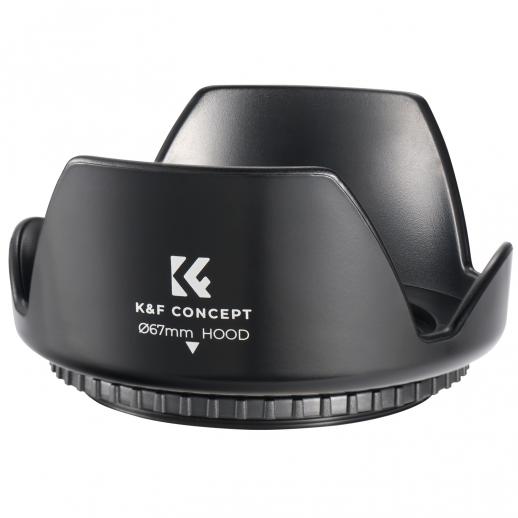
Protection for Your Lens
One of the primary reasons photographers use lens hoods is to protect their valuable lenses. Lenses are expensive pieces of equipment, and safeguarding them should be a priority. Lens hoods provide a physical barrier against several external factors that could potentially damage the lens.
- Impact Resistance: Inadvertent knocks or drops can cause serious damage to your lens. A lens hood acts as a cushioning barrier, absorbing some of the impact and potentially saving your lens from catastrophic damage.
- Scratch Prevention: Whether you’re shooting in a bustling urban setting or navigating the tight confines of natural landscapes, there are plenty of opportunities for your lens to come into contact with foreign objects. A lens hood can prevent scratches from incidental contact with walls, branches, or other obstacles.
- Elemental Protection: Outdoor photographers often contend with adverse weather conditions. Lens hoods provide an added layer of protection against rain, snow, and windblown debris. This can be invaluable for maintaining the integrity of your lens during shoots in harsh environments.
Enhancing Image Quality
While protection is a significant advantage, lens hoods are also crucial for enhancing the quality of your photographs. They achieve this by mitigating specific issues related to light, namely lens flare and glare.
- Reduction of Lens Flare: Lens flare occurs when non-image forming light enters the lens and reflects within it. This is often seen as unwanted streaks or rings of light, which can degrade image quality. By extending beyond the edge of the lens, hood blocks stray light from entering and reflecting within the lens, thus reducing lens flare.
- Minimizing Glare: Similar to lens flare, glare can also negatively impact image quality. It usually manifests as bright spots or washed-out areas in your photos. By shielding the lens from direct sunlight, lens hoods help to minimize glare, resulting in clearer and more vivid photographs.
Improving Contrast and Saturation
In addition to reducing unwanted light artifacts, lens hoods play a pivotal role in improving the overall contrast and saturation of your photos. By blocking out stray light, they ensure that only the intended light from the subject reaches the sensor. This leads to images with better contrast, richer colors, and greater depth.
- Increased Contrast: Images taken without a lens hood can sometimes appear washed out or flat due to the intrusion of stray light. By keeping this extraneous light at bay, lens hoods help to maintain the richness of shadows and highlights, resulting in photos with better contrast.
- Enhanced Saturation: Colors can appear more vibrant when lens hoods are used. This is because the absence of stray light ensures that the colors captured by the camera are more accurate representations of the scene. The result is images with enhanced color saturation, contributing to a more dynamic visual composition.
Types of Lens Hoods
Knowing why to use a lens hood is essential, but understanding the different types available can further optimize your photographic endeavors. Lens hoods come in various shapes and materials, each designed for specific types of lenses and shooting conditions.
- Petal (or Tulip) Hoods: These hoods have a petal-like shape that maximizes the coverage of stray light while minimizing vignetting, especially in wide-angle lenses. They are excellent for general photography, offering a balance between protection and light control.
- Round Hoods: Typically used with prime and telephoto lenses, round hoods offer comprehensive protection and effective light blockage. Their uniform shape ensures that they don't impede any part of the frame, making them versatile for different focal lengths.
- Collapsible Hoods: Made from rubber or flexible materials, these hoods can be collapsed or extended depending on the shooting requirements. They are highly portable and useful for photographers who frequently switch between different shooting environments.
Practical Considerations
While the benefits of using lens hoods are evident, there are practical considerations to keep in mind to ensure you are utilizing them effectively.
- Compatibility: Not all lens hoods are universal. Ensure that you select a hood that is compatible with your specific lens model. Using the wrong hood can result in vignetting or inadequate protection.
- Storage and Portability: Lens hoods can add bulk to your camera setup. When not in use, they can often be mounted in reverse over the lens for more compact storage. Consider this feature when selecting a lens hood.
- Usage in Low Light: In low-light situations, the advantages of a lens hood are slightly diminished since stray light is less of an issue. However, they can still provide protection for the lens, making them beneficial even in dim conditions.
Addressing Common Misconceptions
Several misconceptions surround the use of lens hoods, potentially leading photographers to underutilize this valuable accessory.
- Misconception about Mandatory Use: Some photographers believe that lens hoods are only necessary in bright, sunny conditions. While they are indeed beneficial in such environments, lens hoods are valuable in various lighting situations to prevent flare and glare from artificial light sources as well.
- Focal Length Concerns: Another common myth is that lens hoods are only useful for certain types of lenses. While the shape and design may vary, lens hoods are beneficial across all focal lengths, from wide-angle to telephoto lenses.
Lens hoods are an indispensable accessory that serves multiple vital roles in photography. From protecting your lens against physical damage and the elements to enhancing image quality by reducing flare, glare, and improving contrast and saturation, the benefits are considerable. Understanding the different types of lens hoods and how to use them effectively can significantly enhance the quality of your photographs, whether you are an amateur enthusiast or a seasoned professional. By integrating lens hoods into your regular shooting routine, you ensure that your images are not only protected but also as vibrant and sharp as possible.


